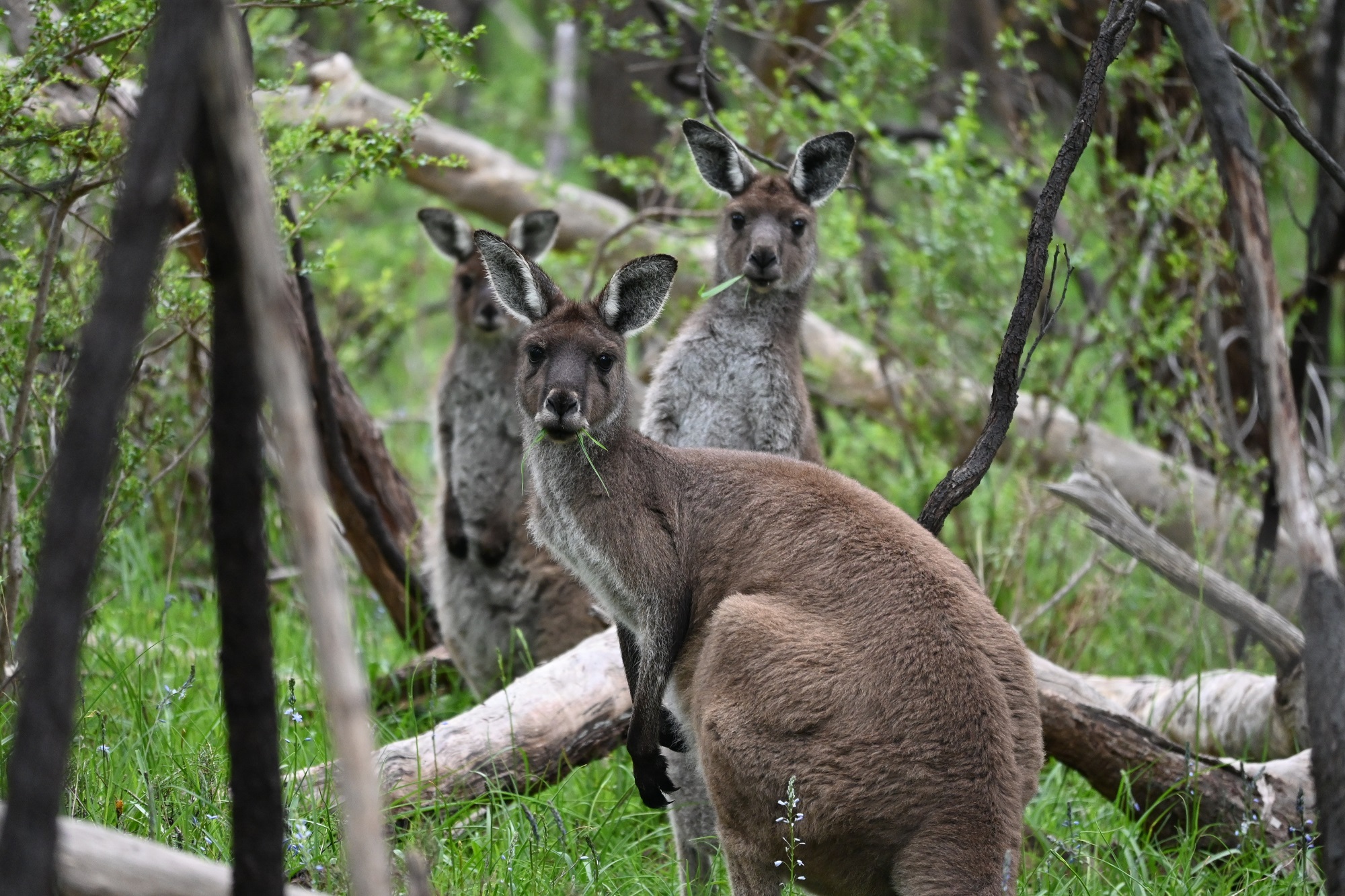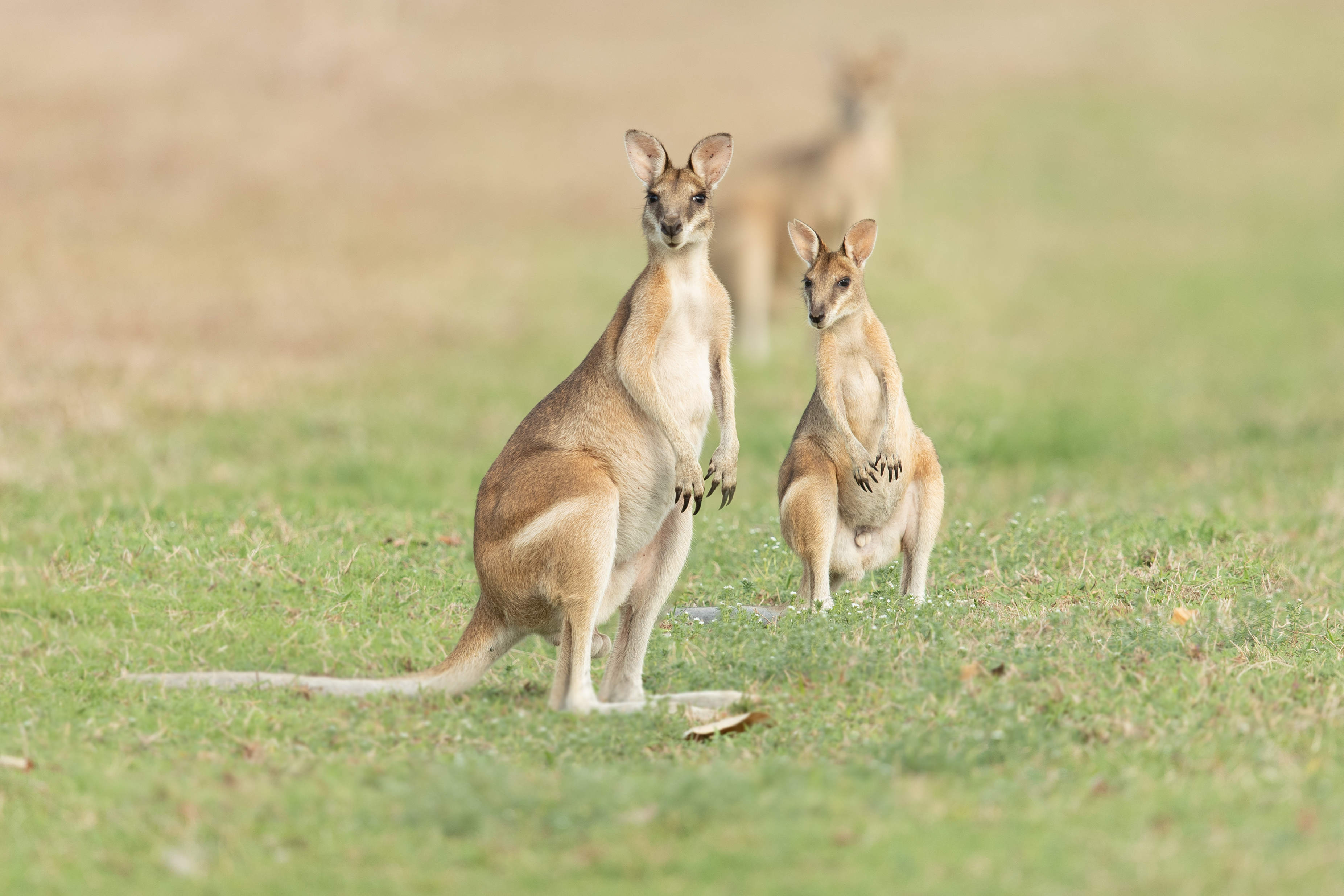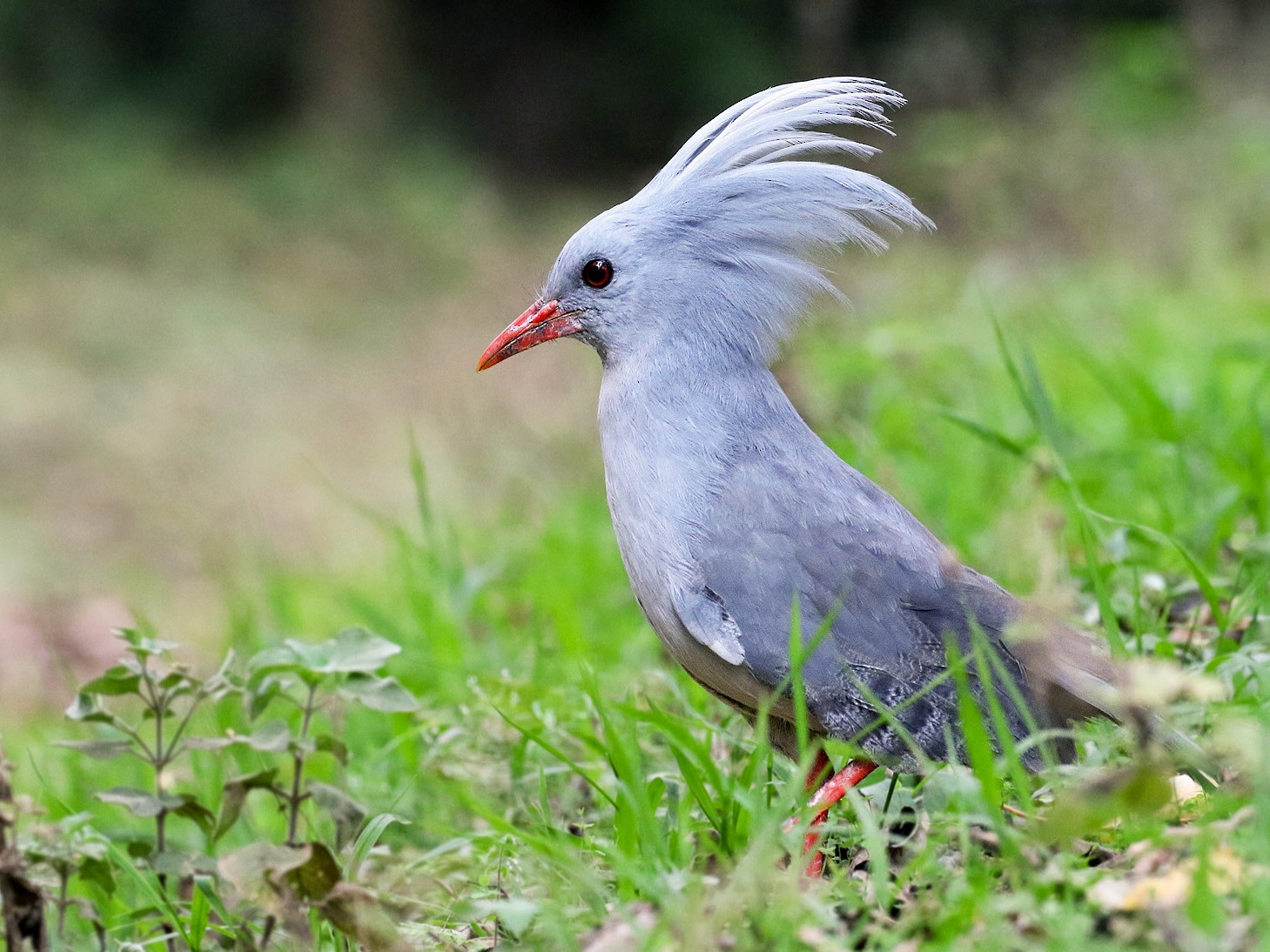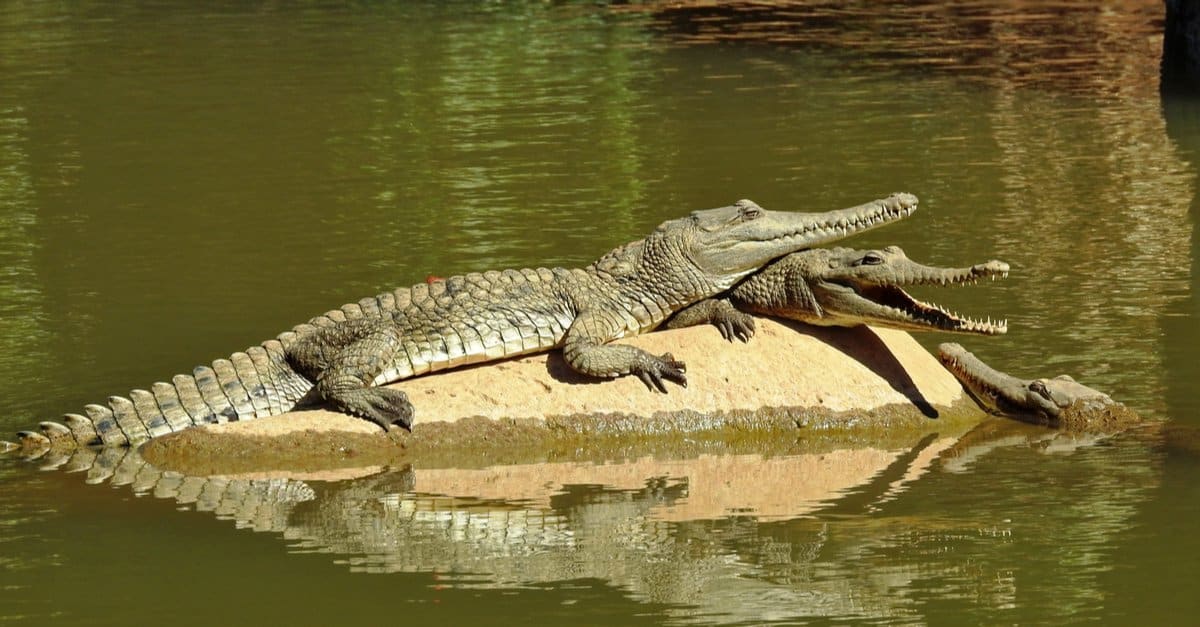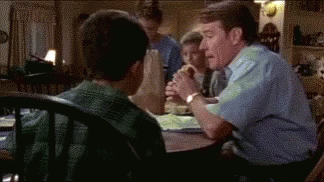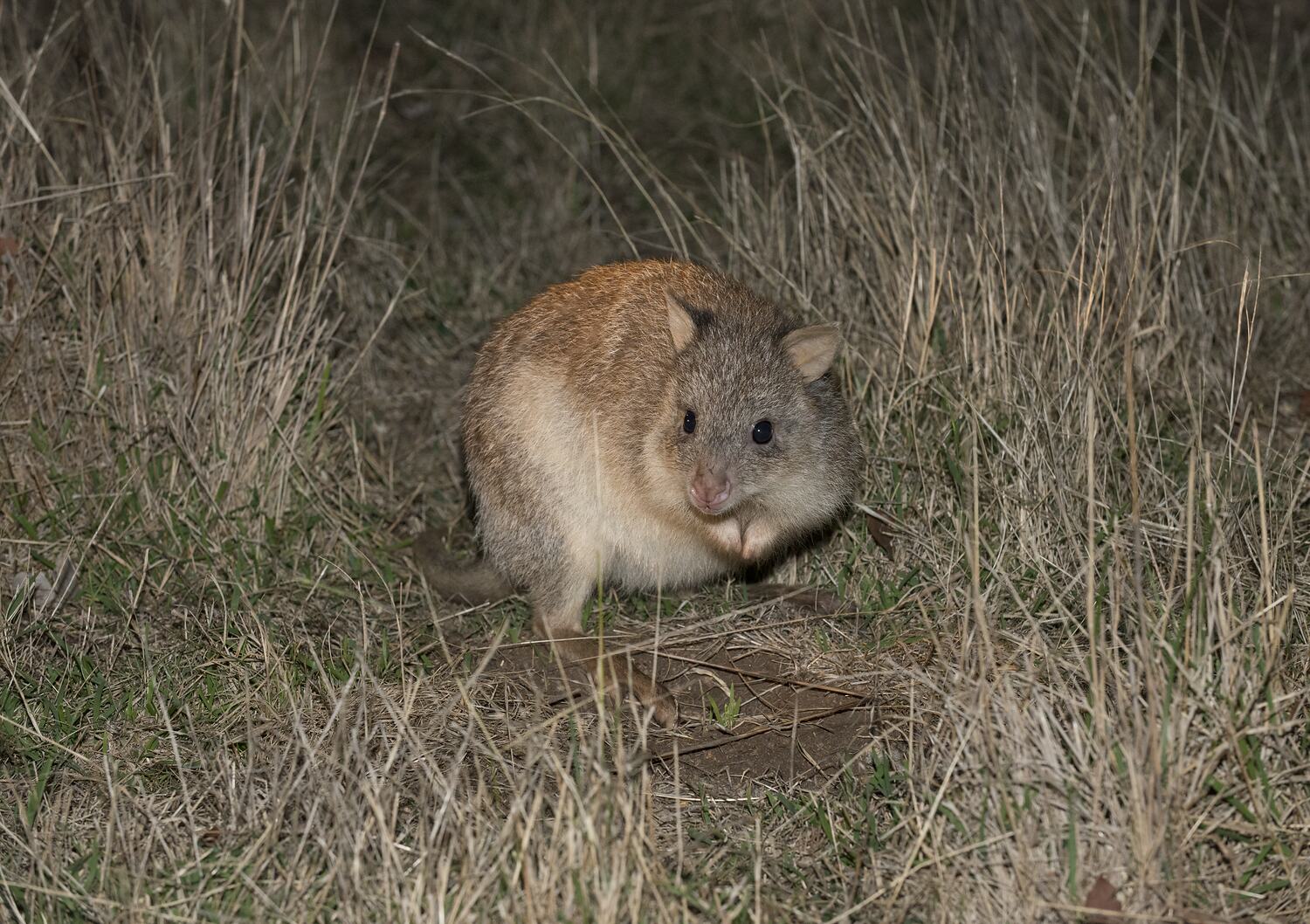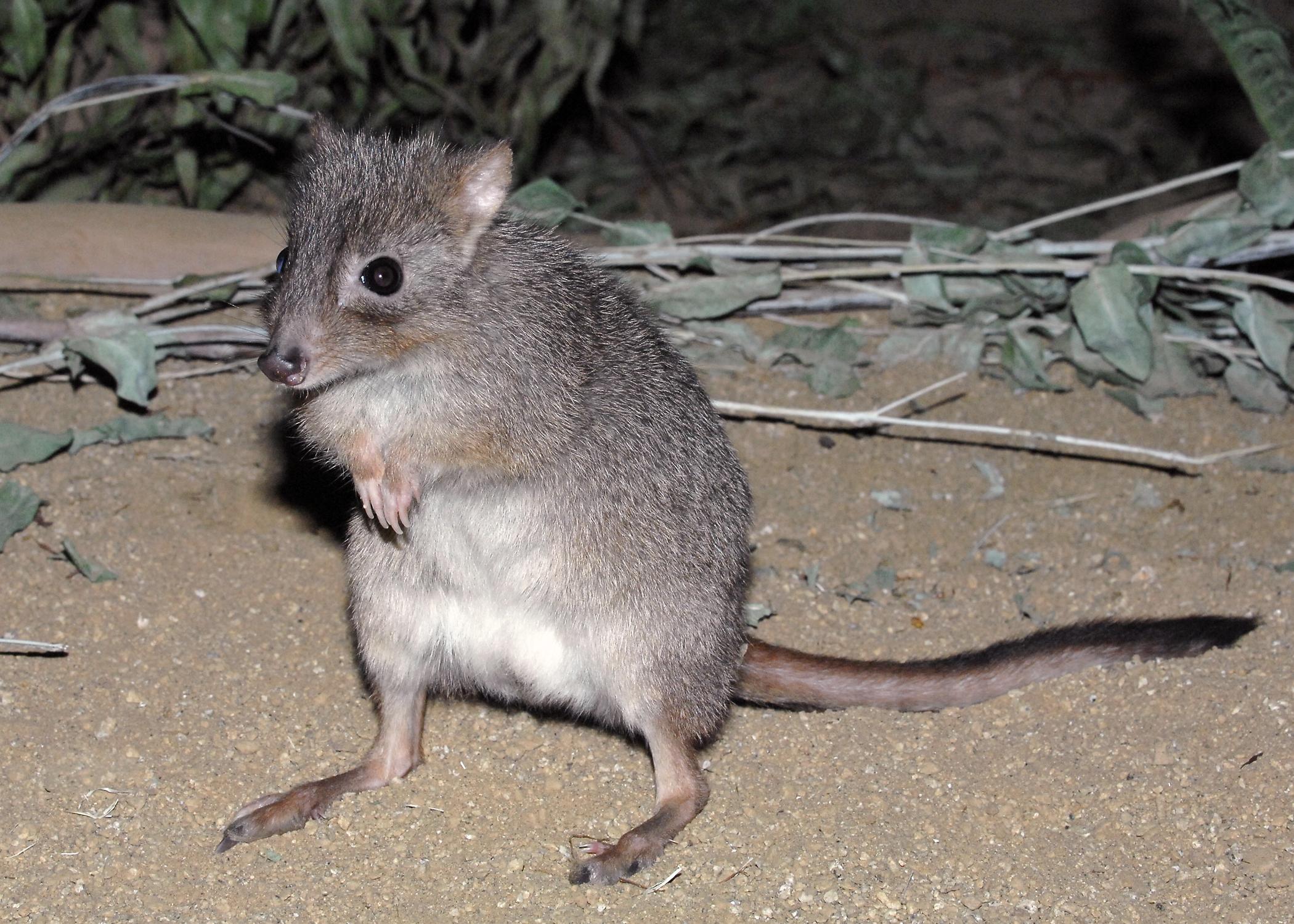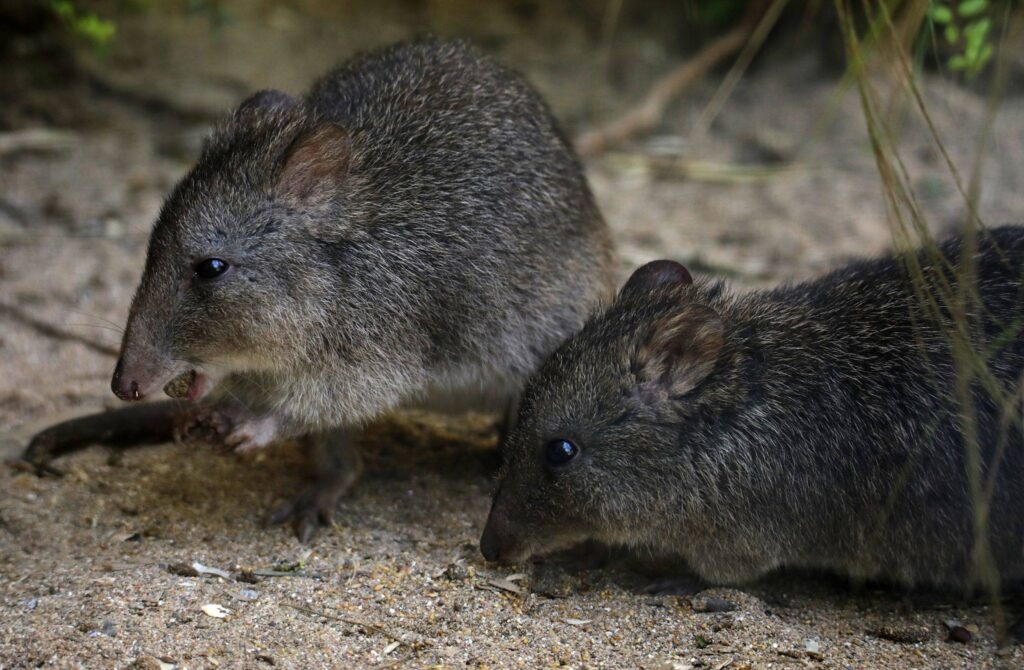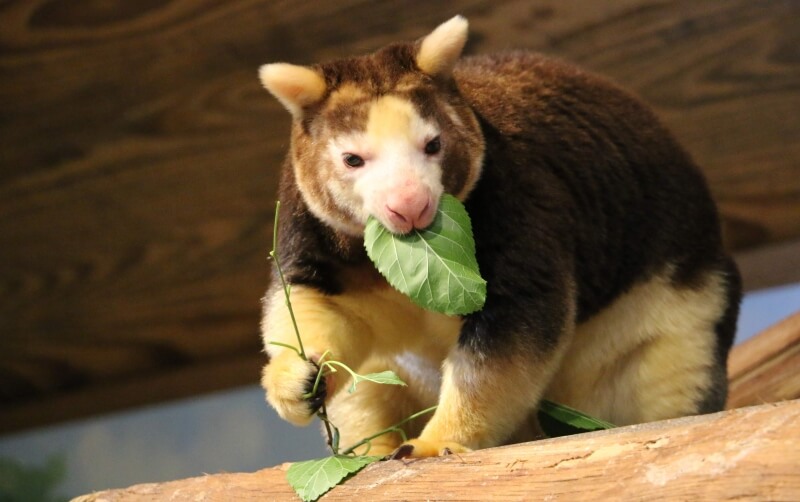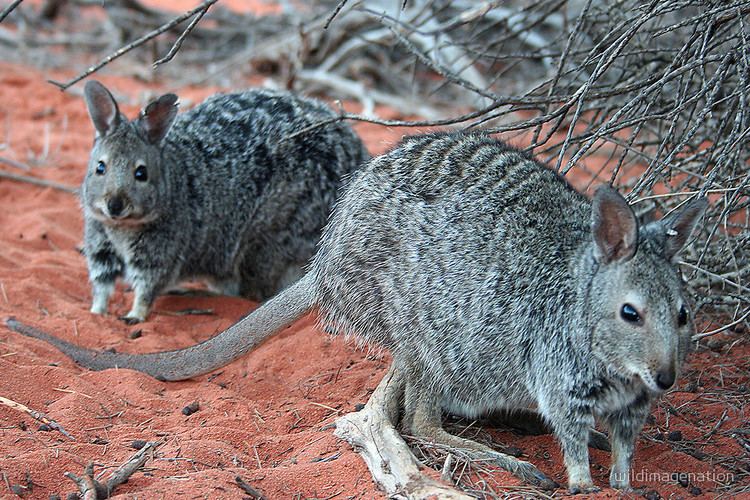What other "secret" macropods should I know about that aren't really discussed here?
Honestly there's so many species I'd like to highlight, especially given how the diversity of macropods tends to go underappreciated, that it'd be very difficult to rank them all! Instead, I might as well just go through the superfamily category-by-category just to discuss all the options.
Musky rat kangaroo (
Hypsiprymnodon)
The highly singular and unique
musky rat kangaroo is the only living member of its family and the earliest offshoot of the macropod family tree still around today. Primitive to the point of not even being able to hop, they represent what the transitional form between tree-living possums and terrestrial wallabies and kangaroos may have looked like. Unfortunately, as cool as they are, they aren't kept in zoos even in Australia and so they're not a species I wish to see in PZ.
Bettongs (
Aepyprymnus +
Bettongia)
A bettong would be very welcome as a tiny macropod that does well in nocturnal houses. Two species stand out; the
rufous bettong, which is the most commonly kept species in Australia and the only bettong in Europe, and the
brush-tailed bettong/
woylie, which is critically endangered and also the only species of potoroid kept in North America. Which species is the better pick is entirely up to personal preference. The other three species kept in captivity, the
eastern bettong,
burrowing bettong/
boodie and
northern bettong are all more rarely kept and only in Australia.
(rufous bettong and woylie)
Potoroos (
Potorous)
I was really keen for the
long-nosed potoroo prior to the Oceania Pack, but the quokka fills a pretty similar niche as a small brown filler macropod that does well in mixed species habitats (both indoors and outdoors) and so its importance has lessened for me somewhat. Nonetheless, they're still a species I'd really like to have. The long-nosed potoroo also has a decent zoo presence in Europe, especially the UK (28 EAZA holdings, 19 of which are in the UK), and so would provide a less niche alternative to the quokka for European players.
Tree kangaroos (
Dendrolagus)
This is the one macropod group I don't need to shill for. I think both of the popular options, the
Goodfellow's tree kangaroo and
Matschie's tree kangaroo, are equally good and I would be happy with either, though it would be extremely funny if we got the
Lumholtz's tree kangaroo instead (Frontier do it for the bit plz).
(Matschie's and Lumholtz's tree kangaroo)
Dorcopsis (
Dorcopsis +
Dorcopsulus)
Sticking to inhabitants of the Papuan rainforest, dorcopsis are a very strange and funny-looking group of small forest wallabies. Although often misidentified as white-striped, the
brown dorcopsis is the only species I know of that is kept outside of New Guinea, with a small number in Europe. Although less common in zoos than the dusky pademelon, which fills a similar niche as a diminutive Papuan macropod, I'd honestly prefer the dorcopsis just because of how strange and amusing they look.
dorkypiss should be numba 1 essential animal on metawishlist
Hare-wallabies (
Lagorchestes +
Lagostrophus)
As their name suggests, these wallabies are typified by being small, bettong-sized animals that grow no larger than a hare. The
spectacled hare-wallaby and
rufous hare-wallaby/
mala are both only kept in a single zoo in Australia, while the
banded hare-wallaby (which is actually unrelated to the other hare-wallabies and sits in its own subfamily from other macropodids) has no captive holdings. As such, none are really a good option to be added to PZ and a bettong would be a better choice.
(mala and banded hare-wallaby)
Grey kangaroos (
Macropus)
Getting into the big boys now. The
eastern grey kangaroo and
western grey kangaroo are two very similar species, both being very adaptable in regards to habitat preferences and differing mainly in distribution (although there is an extensive area of overlap between the two). Of the two species, I'd say the eastern grey kangaroo is probably a higher priority due to overlapping less with the red kangaroo and providing representation for both the temperate and tropical parts of the east coast, as well as being more common in Europe (in North America I think they're fairly similar in regards to holdings while in Australia it differs regionally). But, as I mentioned in the underrated species post above, I'd still love the western grey as well, it's my local roo after all.
(eastern grey kangaroo and western grey kangaroo)
Typical wallabies (
Notamacropus +
Wallabia)
This is the group to which the red-necked wallaby belongs, as well as the aforementioned
agile wallaby, but it also includes several other wallabies of various sizes. The
tammar wallaby and
parma wallaby are two of the smallest of the typical wallabies and very similar in appearance - both species are semi-common internationally, although I believe the parma is more widely kept in both North America and Europe. Going larger, the
swamp wallaby is the only living member of the genus
Wallabia and fairly unique in several respects, and its wide distribution down the east coast of Australia meaning it also occurs in a variety of different habitats and climates. They also have a very pretty golden morph that I'm sure would be popular.
(tammar wallaby and the golden morph of the swamp wallaby)
Wallaroos (
Osphranter)
Despite its name, the red kangaroo is also a member of this genus, almost being a kind of giant plains-dwelling wallaroo. Less huge but more adaptable and varied is the
common wallaroo, which only narrowly avoided making it onto my list of underrated species. This is the most widespread of all macropods, living in the driest of deserts and arid shrublands as well as wet eucalyptus forests and subalpine woodlands, and it has a huge variety of different coat colours to match. On the east coast (the "eastern wallaroo") they're mostly blackish in males and grey in females, while in the interior (the "euro") they range from brown to roan to orange-red. The remaining two species of wallaroo, the
antilopine wallaroo and
black wallaroo, are both tropical savannah species that are currently only kept at the Territory Wildlife Park.
(male eastern wallaroo and mother euro with joey - these guys are the colourmorph kings of macropods)
Nailtail wallabies (
Onychogalea)
These guys are super cool but both extant species only have a single captive holding - the
bridled nailtail wallaby at David Fleay Wildlife Park and the
northern nailtail wallaby at Wildlife Habitat Port Douglas. Yes, they do have a horny nail at the tip of their tail.
(bridled nailtail wallaby)
Rock-wallabies (
Petrogale)
The caprines of the macropod world, the rock-wallabies are actually the most specious of all macropod genera but only a few species are kept in zoos. Of these, my preference is the popular pick, the beautiful
yellow-footed rock-wallaby, which has always been my most wanted wallaby and is super common in zoos around me, as well as the only rock-wallaby kept internationally. The other species with a decent captive presence, but only in Australia, is the
brush-tailed rock-wallaby, which contrasts the arid yellowfoot by living in the wetter east and south-east parts of the continent. These guys should come with their own version of the goat climbing mountain enrichment that allows them to display their fantastic cliff leaping and climbing abilities.
.
(yellow-footed rock-wallaby and brush-tailed rock-wallaby)
Quokka (
Setonix)
Hey, we've got this genus completed!
Pademelons (
Thylogale)
The most widespread group of forest wallabies, pademelon species are most diverse in New Guinea but occur down the east coast of Australia to Tasmania. The
dusky pademelon, which unusually for a pademelon is a savannah dweller rather than a forest dweller, is the only species with any international presence with 18 EAZA holdings. Meanwhile, in Australia, the
red-legged pademelon (tropical),
red-necked pademelon (subtropical) and
Tasmanian pademelon (temperate) are all moderately common in zoos but mostly kept within their native range.
(dusky pademelon and Tasmanian pademelon)
Even with all these options though, I think it's unrealistic to expect any more than one additional species* in the future, if that. Thankfully, I think the community is right to be pushing the yellow-footed rock-wallaby as the most important non-tree roo macropod, as it'd just offer the most new in regards to in-game functionality and biome representation.
*ignoring tree roos, they're cheating by being basically their own thing



